Wild plum is quite rare who can be found in the garden. This is explained by the fact that her berries are small, sour and tart.
This plant has its advantages among other fruit trees and shrubs:
- high winter hardiness;
- undemanding to soil conditions;
- resilience to drought.
Wild plum, from which all modern varieties of plums originated, combined the qualities of its predecessors: taste and juiciness of cherry plum and winter hardiness, and the color of thorns.
Table of contents
Wild plum - general information
Due to the fact that the branches of thorns (thorns) have thorny thorns in the scientific world, it is called a wild plum. This plant is often found in the wild as a shrub., but in some conditions it can grow in the shape of a tree. At the age of ten, the root neck of a wild plum can reach 10 cm, and the height of the plant itself can be up to 2-3 m.
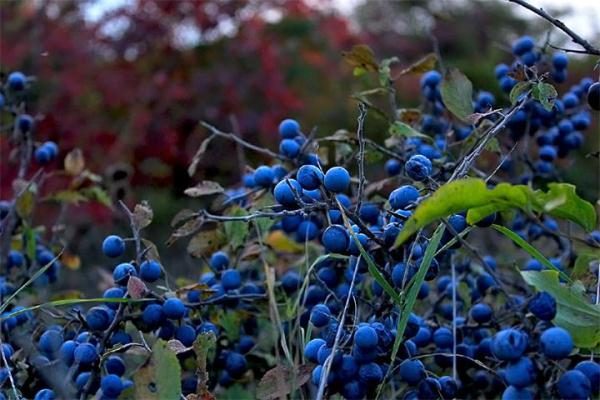
The most common are thorny bushes along the rivers Tsna, Sura, Seym, Hopra, Vorskla, and Northern Donets.. The Florovsky region was also previously famous for planting fruit bushes. Now in its place is a village called Ternovka. In the Carpathians and the Caucasus, blackthorn spreads to the mountain peaks.
Each year in August, the fruits of wild plum cover the plant abundantly and become dark purple with red berries. Thorns turn full after the first frostwhen the content of tanning elements decreases and the berries become tastier.
Vitamins and minerals that make up the wild plum
Wild plum berries have the following composition:
- coumarins;
- malic acid;
- tanning elements;
- catechins;
- 5.5-8.8% sugars (glucose and fructose);
- carbohydrates;
- nitrogen-containing substances;
- alcohol compounds;
- steroids;
- fiber;
- vitamins C, E;
- flavonoids;
- pectin;
- mineral salts;
- triterpenoids;
- glycoside;
- carotene;
- fatty oils (linoleic, palmitic, stearic, oleic, and eleostearic);
- prunazin.
Roots contain tanning and coloring compounds. Useful minerals in the leaves: anthocyanins, flavonoids, vitamins C and E, phenol carboxylic acids. The composition of the seeds include poisonous glycoside, deaminating hydrocyanic acid.
Useful qualities and harm of wild plums to health
The berries of wild plums have a positive effect on the work of the gastrointestinal tract. Regular consumption of plums helps to restore the balance of microflora, reduces the risk of gastritis and colitis. The diuretic properties of the fruit help excrete toxins and toxins from the body.
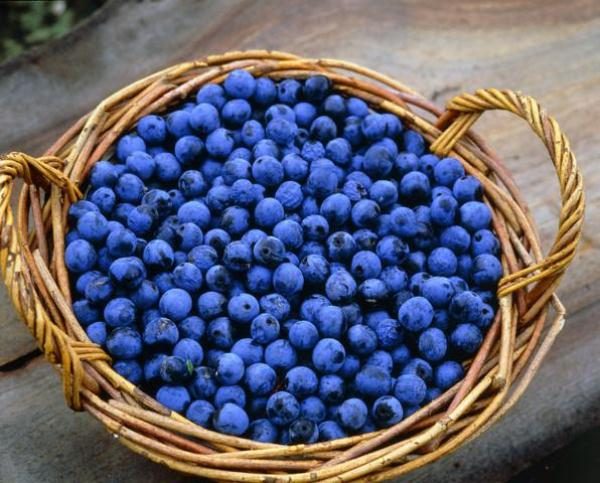
Plum fruits have an anthelmintic effect on the simplest organisms. Due to this, intestinal peristalsis is normalized, improving its work and metabolism.
The fruits are especially rich in vitamin P (flavonoid)and regular saturation of the body with this substance stabilizes blood pressure, strengthens blood vessels, normalizes heart rhythm. Also stimulates the work of the adrenal cortex.
Wild plum - natural antiseptics. Most dentists recommend using fruit pulp as a lotion, fitting it to sore gums.
Blackthorn berries are strictly contraindicated in acute forms of ulcerative diseases, especially bleeding. As well as in patients with increased gastric acidity and with increased pressure.
In the pits going substance amygdalin. Its constant use can have a toxic effect on the human body. therefore preservation with stones from these fruits is recommended to be stored no more than a year.
The use of wild plums in traditional medicine
It is proved that drugs from different parts of the plant have a healing effect on the human body:
- antibacterial;
- diuretic;
- expectorant;
- antipyretic;
- anti-inflammatory;
- diaphoretic;
- astringent
All these qualities have found their use in traditional and alternative medicine. They are used for the general and symptomatic treatment of serious diseases.
Flowers: the best time to collect
This ingredient must be collected before the flowers open. Extracts and decoctions of flowers are used for hypertension, constipation, liver pathologies, prostate adenoma, rheumatism and atherosclerosis.
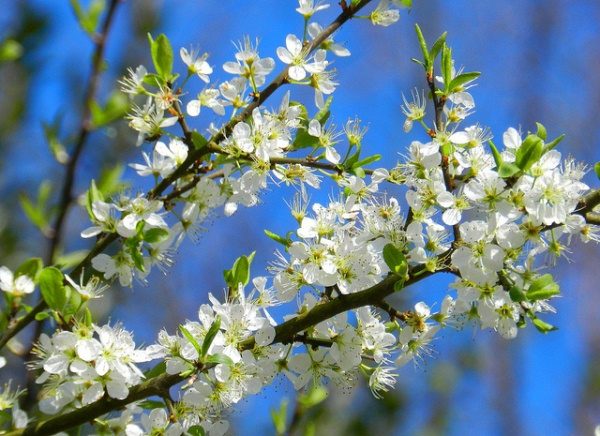
Preparations of flowers have a diuretic, diaphoretic and sedative effect.
Preparation of drugs:
- Tincture. For this take 2 tsp. crushed flowers and pour 250 ml of cold water. Put aside insist. After 8 hours, the drug is ready for use. Use it in two articles. l 4 times a day.
- Decoction. Need to take 2 tsp. crushed raw material, pour 250 ml of water and bring to a boil over low heat. Drink 100 ml twice a day.The finished product is used as an adjuvant for the prevention of vascular diseases.
Preparations from wild plum flowers have a strong antimicrobial effect, therefore widely used to treat skin diseases. Rub the affected areas with a cotton pad dipped in broth or tincture.
Root: how to prepare
The roots of wild plums must be harvested in the fall. It is better to dig them up at a distance of 1-1.5 m from the trunk. For cooking broth, the raw material is washed and dried pi temperature + 60 ° C. Take 10 g of crushed root pour 500 mg of cold water and boil on low heat for 15 minutes. Accept 3 times a day on 100 ml. For syringing, broth is diluted with water 1: 1.
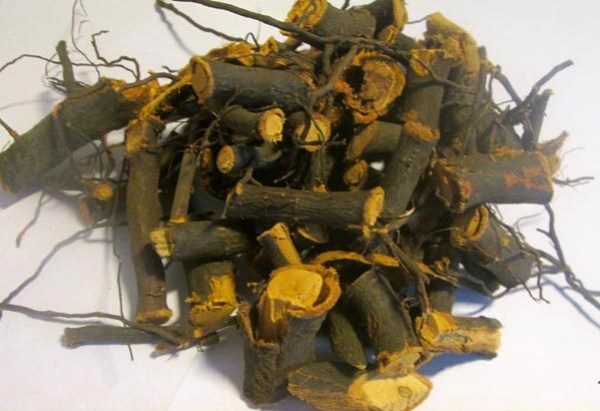
Root decoction has antipyretic, diaphoretic and anti-inflammatory properties. Accepted with SARS and to cleanse the body of toxins and toxins.
Bark: how to prepare
The bark is better to take from plants to be cut down, as well as before flowering. Then it is necessary to wash and dry as well as the roots.
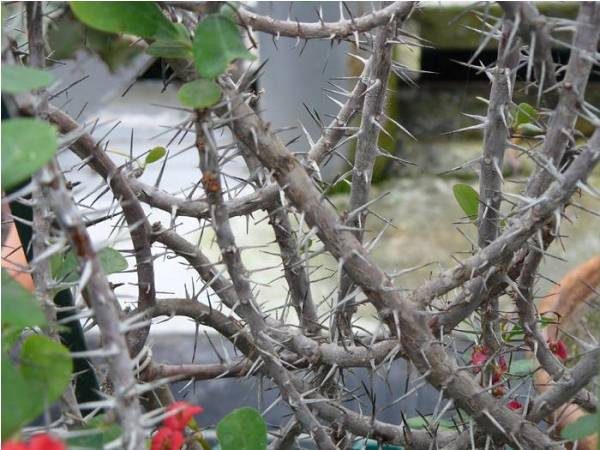
The tool is used to cleanse the blood vessels, treatment of female inflammatory pathologies, boils and erysipelas on the body.
Take 1 tsp. crushed raw material, pour 250 ml of water and boil for 15 minutes. Take 100 ml three times a day.
Berries
Wild plum berries are harvested at the end of October.. To prepare a therapeutic drug /, the berries are dried in the sun or oven for a week.
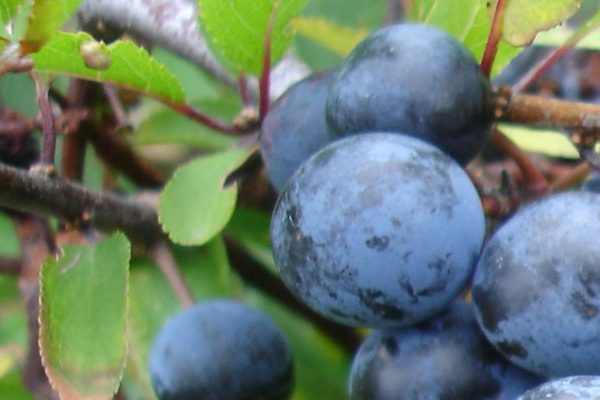
For the preparation of tinctures take 1 tbsp. l crushed fruit, pour 250 ml of hot water and infuse for an hour. Accepted (for the treatment of the gastrointestinal tract) on an empty stomach in 100 ml for 4 days
The juice. The berries are peeled and heated to 70 ° C. Then they soften and squeeze the juice. Use with giardiasis, eating disorders and SARS.
The use of wild plums in cooking
Wild plum berries are rarely consumed fresh. But various compotes and jams have a special taste.
Jam
Ingredients:
- wild plum berries - 2.5 kg;
- sugar - 3 kg;
- water - 1 l.
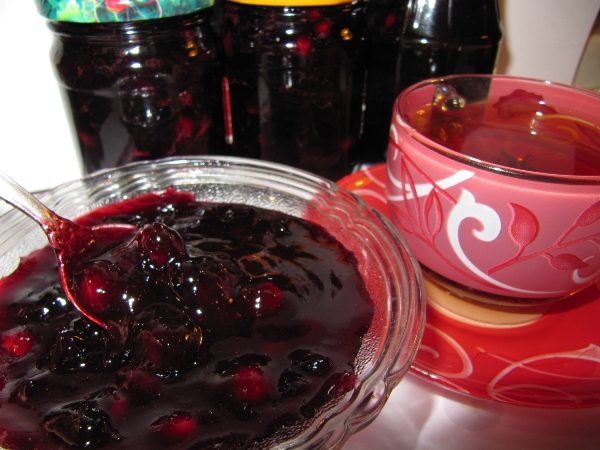
Prepared fruits are cooked over low heat for 15 minutes. After, shift to a colander and clean the bones. Return the peeled berries to the former decoction, add sugar.
When the sugar is completely dissolved, the jam is boiled for another 15 minutes and poured into sterilized jars.
Jam
To make jam you need to take:
- plums - 1 kg;
- sugar - 1 kg;
- water - 100 ml.
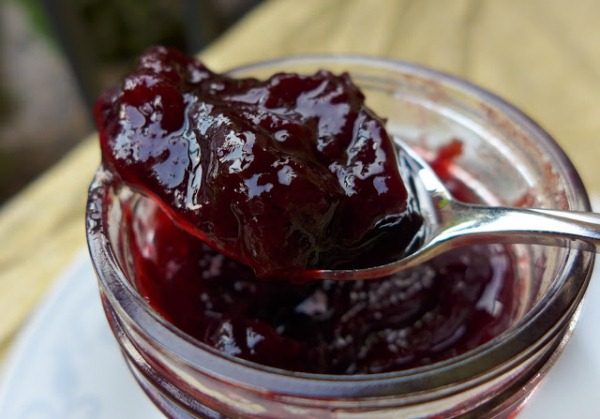
Purified berries pour water and boil for half an hour over low heat. Then the fruit is rubbed through a sieve, placed in a container, add the rest of the ingredients and cook for another half hour. Finished products are laid out in sterilized jars.
Compote
To prepare you need to take:
- wild plum - 1 kg;
- sugar syrup - 50%.
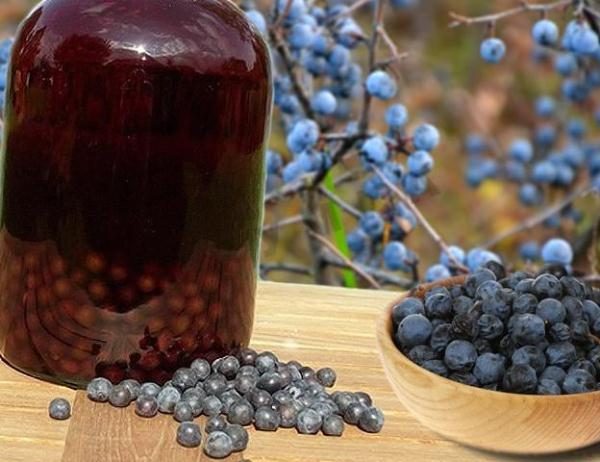
Prepared fruits are poured into boiling syrup and boiled for 5 minutes. The finished compote is poured into jars with fruits, covered with lids and placed in a container with water and boiled for 15 minutes. Then roll up.
Wine
To prepare you need to take:
- wild plums - 10 kg;
- sugar - 3 kg;
- water - 10 l.
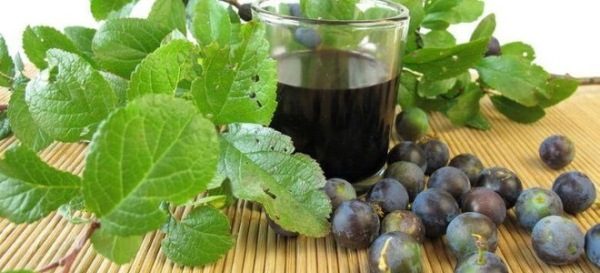
- Primorozhennye plums dry 2 days. After, they are softened, placed in a container with bones, filled with water.
- Leave in a warm place for 3 days. When bubbles appear on the surface, the mass should be drained.
- 300 g of sugar are added to a liter of wine. Poured into containers.
From year to year the use of wild plums as a raw material for drugs is only growing. Growing such a plant is beneficial and beneficial not only in your garden, but also a great option for additional income.
